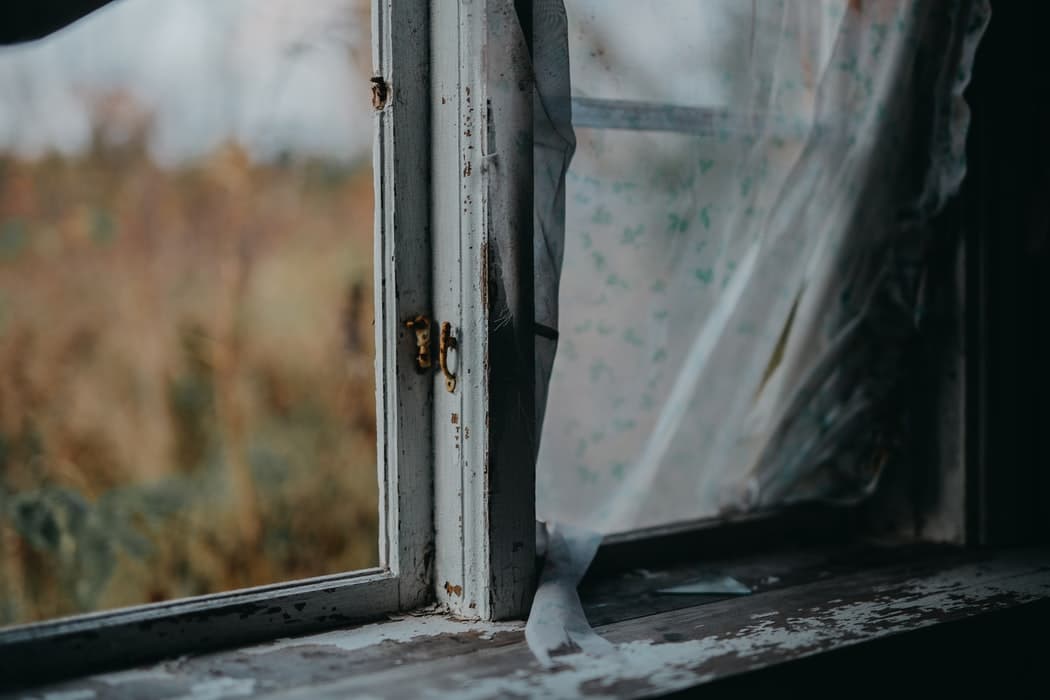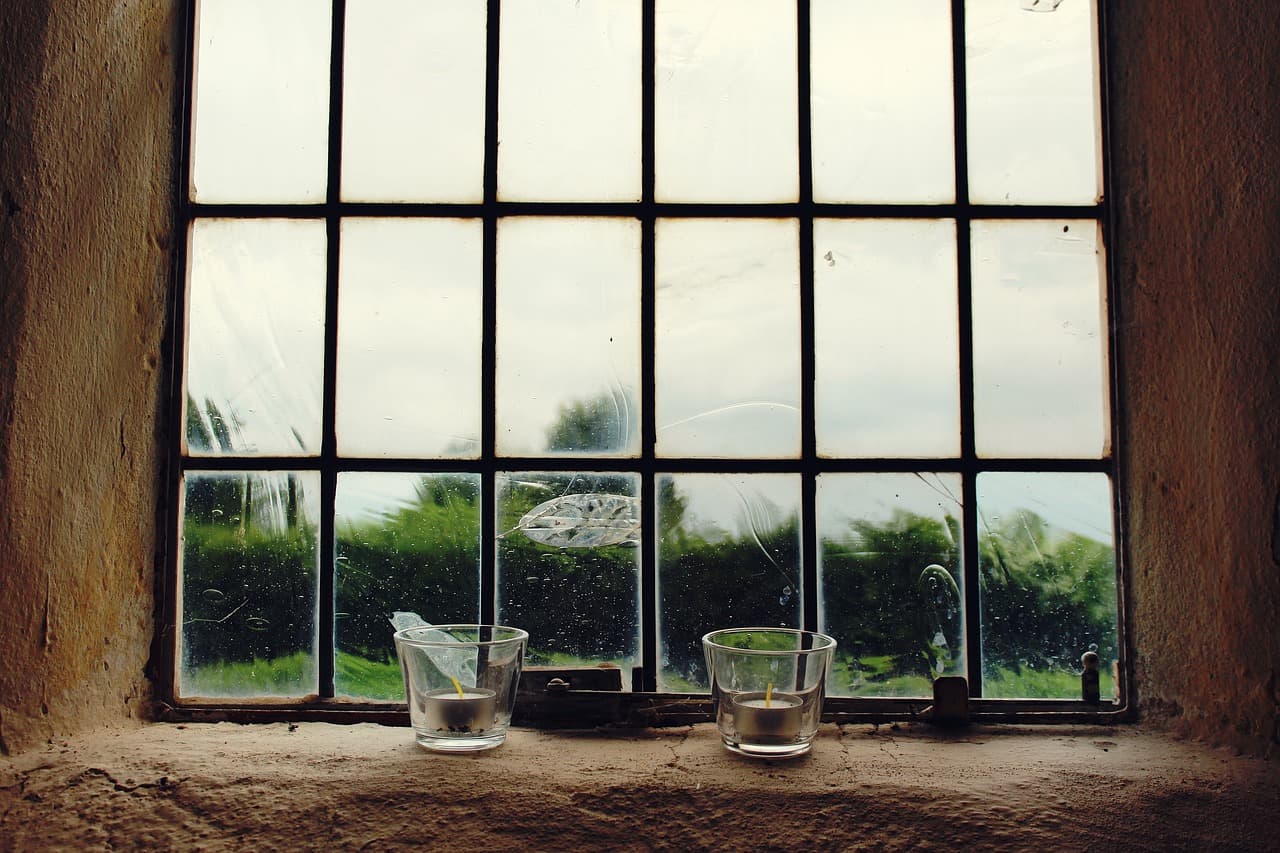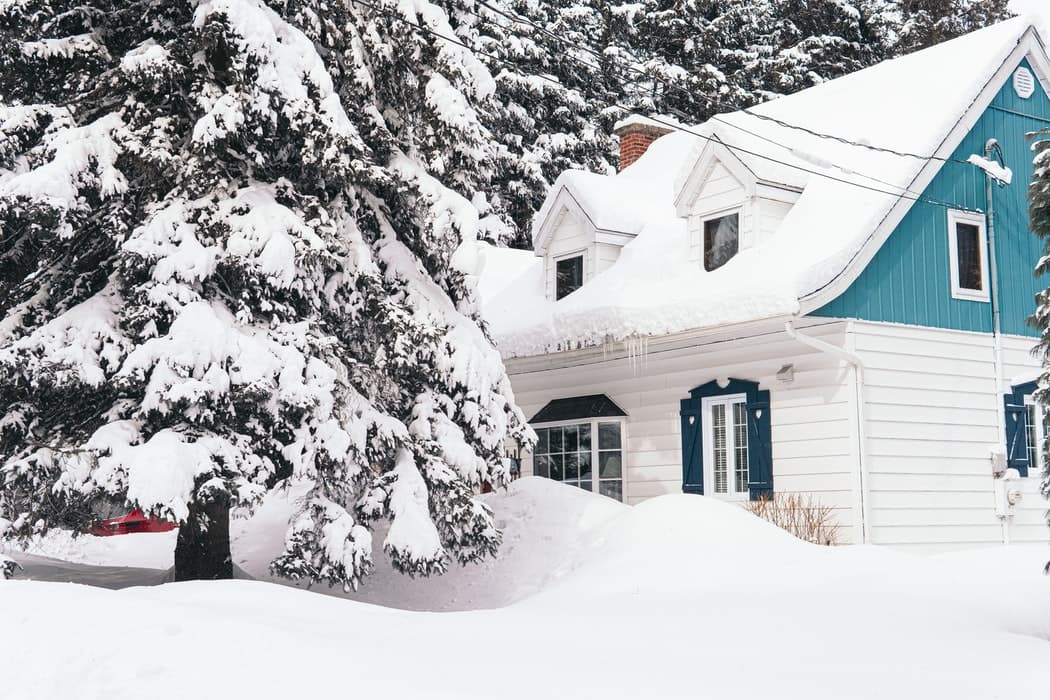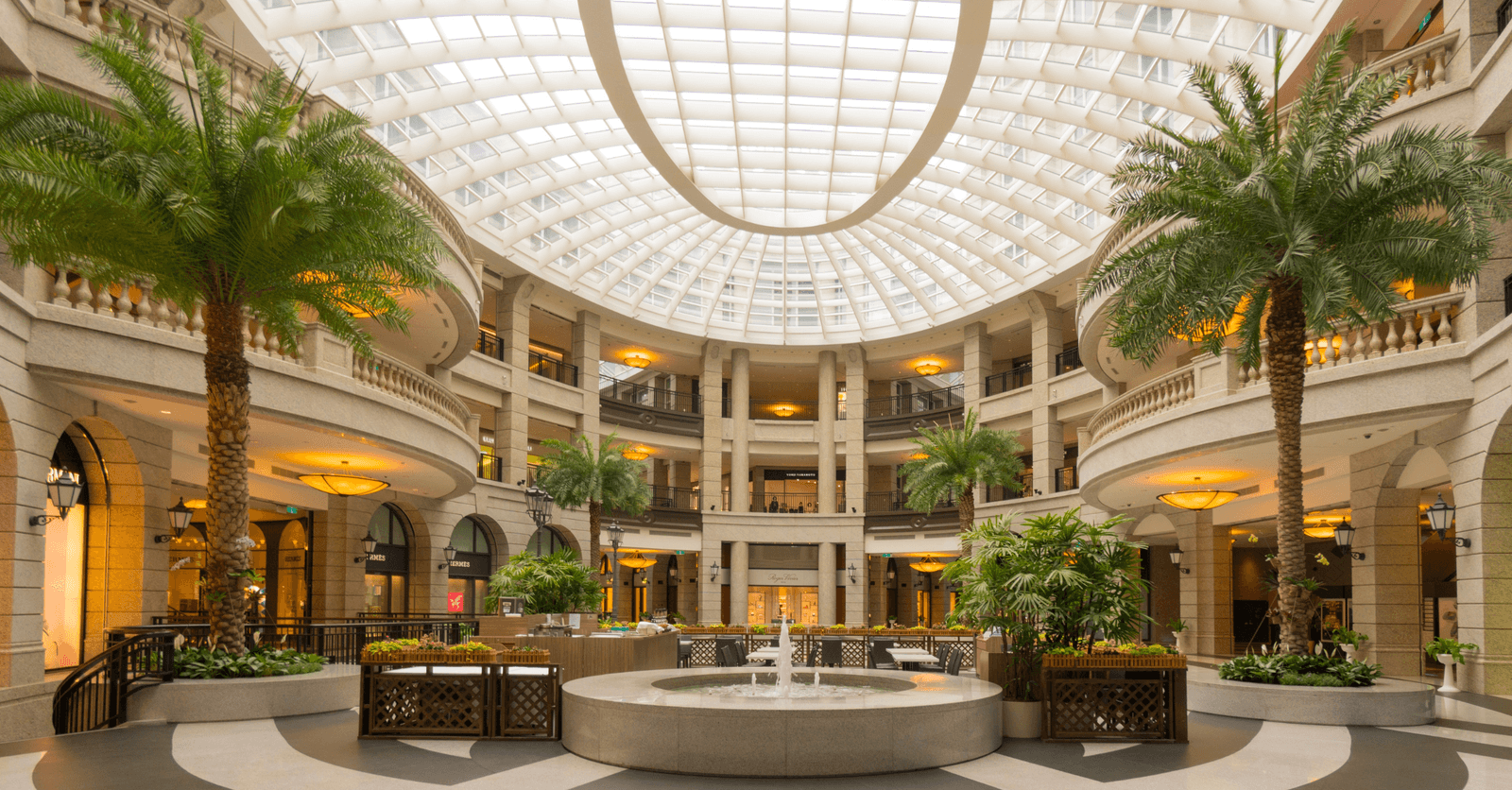History of Buildings: The Evolution of Windows
By Editorial Team
Updated on November 7, 2023

Although a major architectural factor in any home, windows have much more than just an aesthetic component. In fact, they allow one to remain in constant contact with nature, even when the weather isn’t at its best and confines us inside.
Much like everything in this world, windows have evolved and were perfected over time, that said, they’re far from what they used to be. Whatever their style, glazing, or opening mechanism, the changes have been as numerous as they’ve been diverse!
Windows in Our Homes: Yesterday's and Today's
17th-Century Double-Glazed Windows
Double-glazed windows first emerged during the 17th century, which, even at that time, were designed to make good use of the air found within the two layers of glazing as insulation. In fact, this trick made it possible to prevent frost from building up on the windows and thus guaranteed better visibility for those who were inside. Furthermore, since it was impossible to benefit from powerful light sources, it was especially vital to take full advantage of natural light.
Windows With Muntins: Why Though?

With older window models, we often see a large number of vertical dividers. Why is that? Off the bat, we can simply assume that it’s an aesthetic decision, with nothing more to it. However, in reality, this architectural choice was more in tune with the fact that it was impossible to make large glazed surfaces with a necessary sturdiness to face, at times, harsh weather conditions.
By dividing the windows into smaller sections, they were thus made sturdier. As such, older window models are more likely to have muntins, as opposed to newly made windows. However, it wasn’t until the 19th century that windows with as little as six vertical dividers were made.
Regarding the latter, it’s important to mention that French-inspired houses built between 1731 and 1829 usually accounted for 24 little vertical dividers (between two panes). Fun fact regarding this type of house fenestration: Windows were positioned asymmetrically on either side of the front door. Thereby, one window on one side, and two on the other.
Awning and Double-Hung Windows: Two Very Sought-After Models
The settlement house
Also during this period, and up until the 1950s, the awning and double-hung windows were especially popular for houses in these parts of the world. However, certain peculiarities do apply to this style of structure as well as the specific period in which they were built. As such, these two models are found on settlement houses (1880 to 1930/1930 to 1950). When the awning model was requested, people often chose models with three large vertical dividers per awning (pane).
The cubic house
With the cubic house (1900-1940), awning windows were a bonus feature that contributed to the majestic beauty of the house’s overall architecture. It usually entailed two large vertical dividers found on either surface of the glass pane, symmetrically. We also saw a lot of models of windows with a transom overhead, however, it wasn’t mandatory, architecturally speaking. Note that this type of house, at times, featured double-hung windows too.
The traditional house

This trend which entailed awning windows positioned symmetrically was also a feature seen with traditional house models (1800-1900) where one can sometimes spot an ornate window frame too. Otherwise, one relies on a standard window frame, which showcases a simple design. The awning window usually has between 4 to 6 vertical dividers as well as pretty skylights that will adorn the upper floor, which adds to the dwelling’s overall beauty.
The mansard house
On mansard houses, which came to be toward the second half of the 19th century, and were really popular until the 1920s, the awning window was usually composed of 6 vertical dividers, and once again, the windows were positioned symmetrically on the façade.
With this type of house, we can spot windows on either side of the door. The frame is rather simple and hardly worked, though some houses are more detailed in this matter.
Gable roof cottage
Lastly, note that double-hung windows, and awning windows too, were often seen on cottage-type houses with gable roofs. This type of structure, which was built between 1900 and 1930, favoured openings that were designed symmetrically at times, and at other times, other models featured the alternative, asymmetrical windows.
Want to know other fun facts about the history of buildings? Check out these articles:
Get 3 quotes for your home renovation project
RenoQuotes.com can help you get quotes for your home renovation project. By submitting your project, we’ll put you in contact with top-rated contractors. Fill in the form on the homepage (it only takes a few minutes), and you will get estimates from trusted professionals.
Dial 1-844 828-1588 to speak with one of our customer service representatives.
Looking for something else?
Related articles
The latest industry news, interviews, technologies, and resources.

Editorial Team
•07 Nov 2023
Is a new floor on your to-do list for future renovation projects? A hickory hardwood floor may be the perfect choice for your next project!

Editorial Team
•02 Aug 2024
The kitchen is a space of collaboration and cohabitation, where friends and family gather to cook, clean and hang out. Many important elements and fixtures occupy this room, and often overlooked is the humble backsplash.

Editorial Team
•17 Feb 2025
In the province of Quebec, the construction industry is particularly monitored and regulated. Hence why we’re making a point of raising awareness among residential homeowners regarding the importance of dealing with contractors holding the right RBQ licence.

Editorial Team
•17 Feb 2025
Are you thinking about renovating a commercial space? If so, you’ve come to the right place! In this article, we’ve gathered a bunch of helpful information to guide you throughout your project and help you make the right decisions.

Cynthia Pigeon
•07 Nov 2023
Every homeowner knows that replacing windows entails quite an expense. Strangely enough, most of us think about making this important decision as soon as our windows start showing signs of wear and tear or malfunction, despite anticipating the considerable costs associated with this choice. But is it always the right decision?